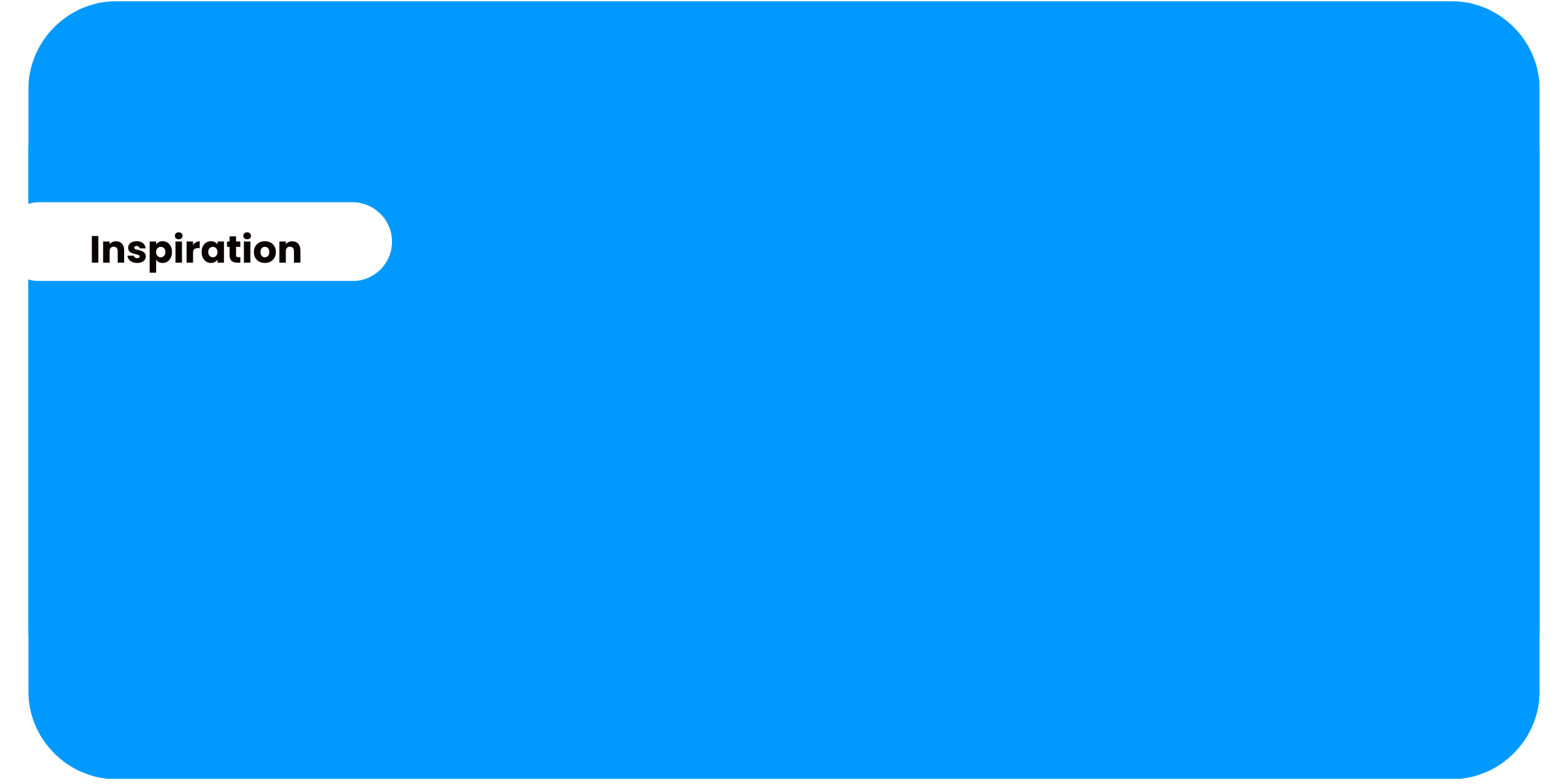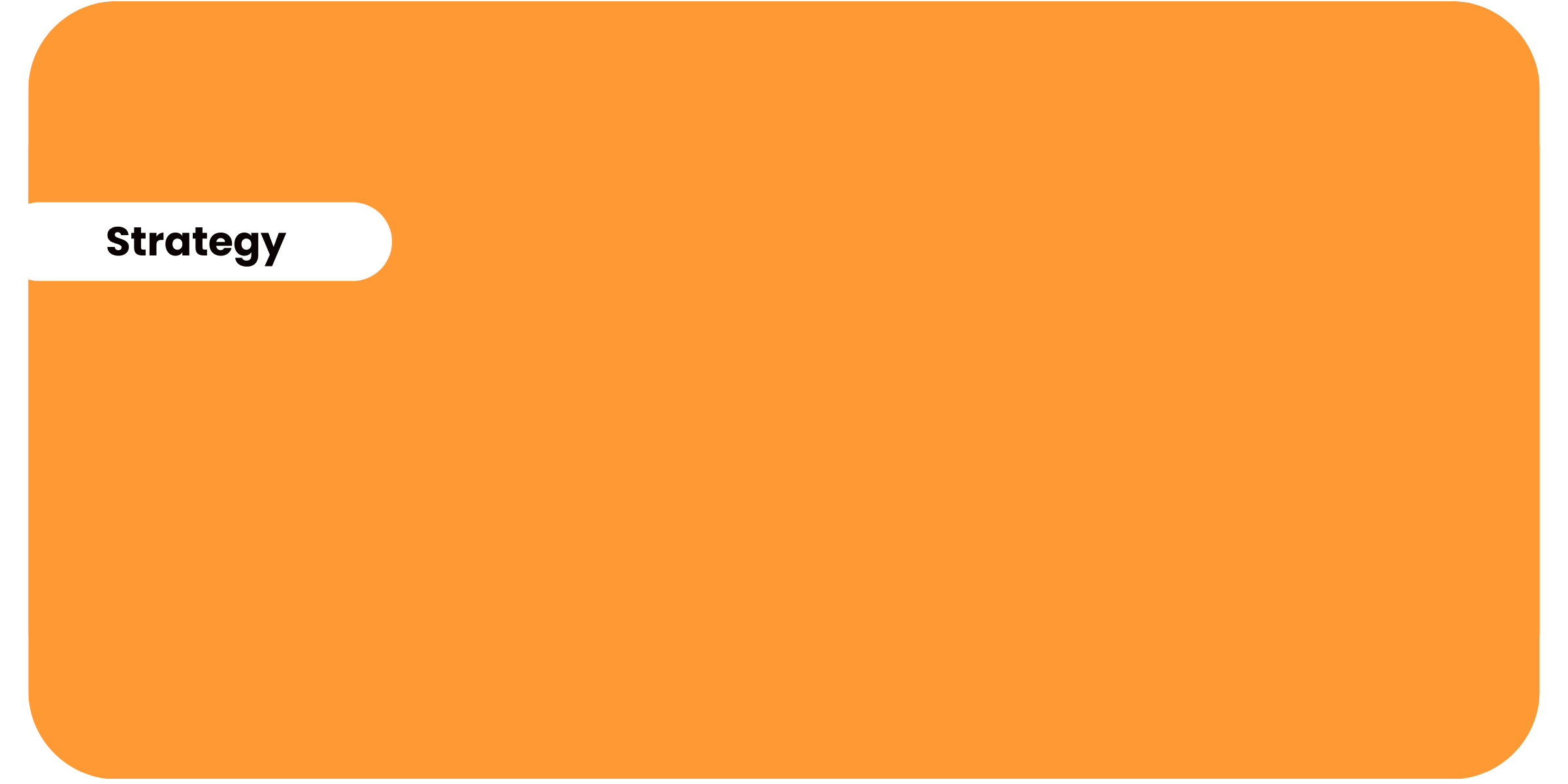Driving Sales with Gamification: The Power of Guided Selling
Gamification marketing is transforming how businesses engage with customers and drive sales. One of the most effective uses of this technique is in guided selling, which uses interactive and personalized experiences to lead customers through their buying journey. By combining gamification with guided selling, businesses can enhance customer engagement, increase sales, and gather valuable data for future marketing efforts.
The Power of Gamification Marketing
Gamification involves incorporating game-like elements into non-game contexts to motivate and engage users. When applied to marketing, it can transform customer interactions by making them more enjoyable and memorable. Studies have shown that gamification can increase user engagement by up to 30% and conversion rates by up to 15%.
How Guided Selling Works
Guided selling uses data-driven tools to personalize the shopping experience for each customer. It involves understanding customer preferences, behaviors, and needs to recommend products or services that best match their requirements. This personalized approach can lead to higher customer satisfaction and loyalty.
One key aspect of guided selling is the use of interactive elements such as quizzes, product configurators, and virtual assistants. These tools gather information about the customer’s preferences and use it to provide tailored recommendations. For instance, a customer looking for a winter coat on an e-commerce site might be guided through a series of questions about their style preferences and climate, leading to a personalized selection of coats.
Guided selling isn’t just for online activities; it works great in physical stores too. In-store, an attentive seller is ideal, but during busy times or with many products to choose from, this level of service can be hard to maintain. Guided selling helps retailers by enhancing the in-store experience.
By placing QR codes in visible spots near products or promotions, customers can scan them to get extra help. These guides ask about their needs and recommend products in return. While not as powerful as human interaction, this method effectively supports customers and differentiates products.
If you are running a campaign to collect more data, you can encourage customers to share their personal information by adding a game with a reward. This helps retailers update their database with fresh input and personalize future email offers. Additionally, it allows them to learn more about in-store shoppers who might otherwise remain anonymous.
Guided selling isn’t just for online activities; it works great in physical stores too. In-store, an attentive seller is ideal, but during busy times or with many products to choose from, this level of service can be hard to maintain. Guided selling helps retailers by enhancing the in-store experience.
By placing QR codes in visible spots near products or promotions, customers can scan them to get extra help. These guides ask about their needs and recommend products in return. While not as powerful as human interaction, this method effectively supports customers and differentiates products.
If you are running a campaign to collect more data, you can encourage customers to share their personal information by adding a game with a reward. This helps retailers update their database with fresh input and personalize future email offers. Additionally, it allows them to learn more about in-store shoppers who might otherwise remain anonymous.
Guided Selling Examples
There are numerous examples of how businesses can effectively implement guided selling techniques. Here are a few notable examples:
- Personality Tests for Retail: Retailers can use personality tests to recommend products based on customers’ answers. For example, an online book store might ask customers about their style preferences and suggest books that match their tastes. This approach not only makes shopping more engaging but also increases the likelihood of a purchase.
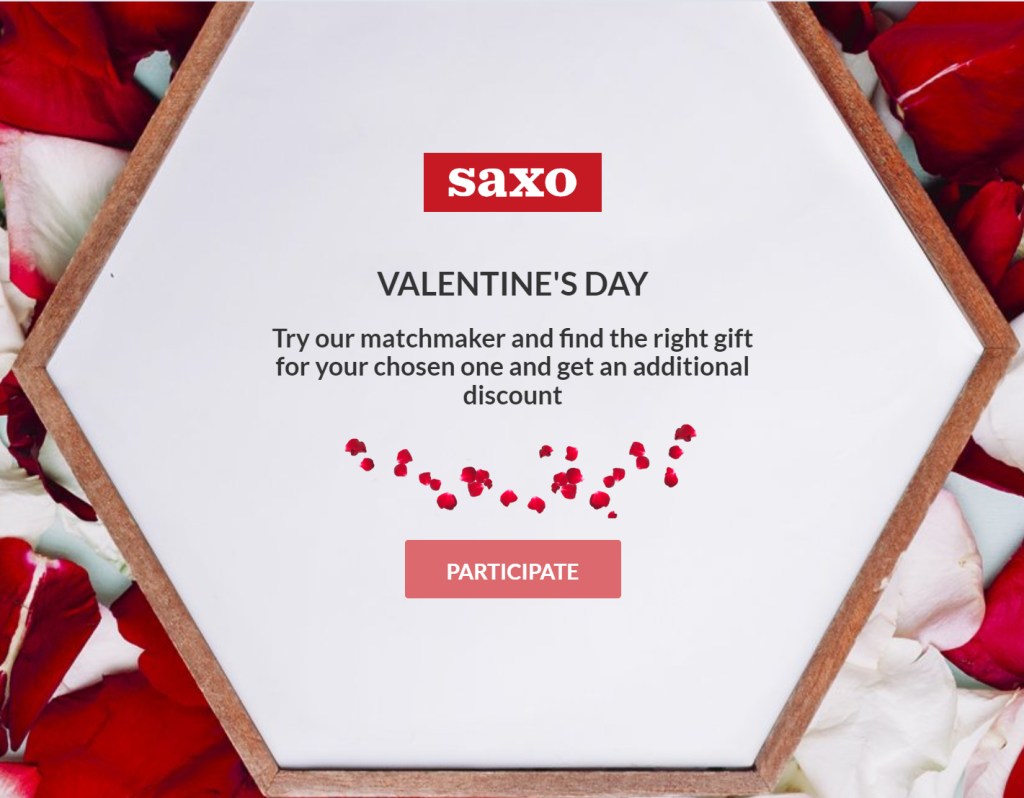
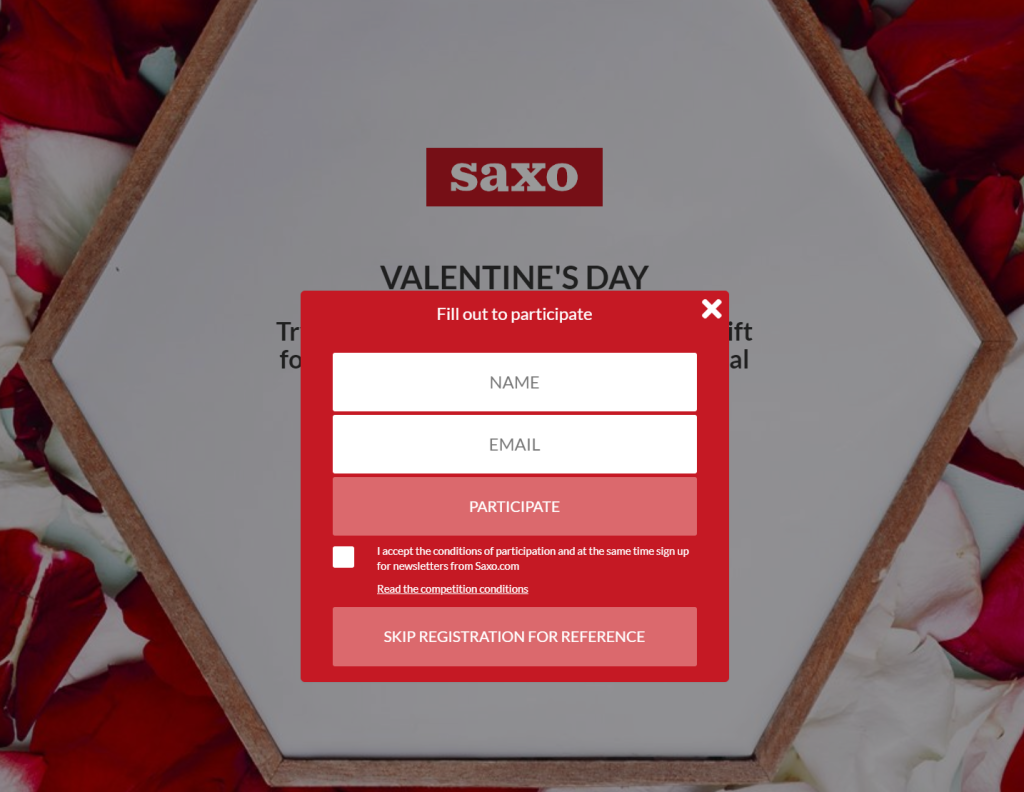
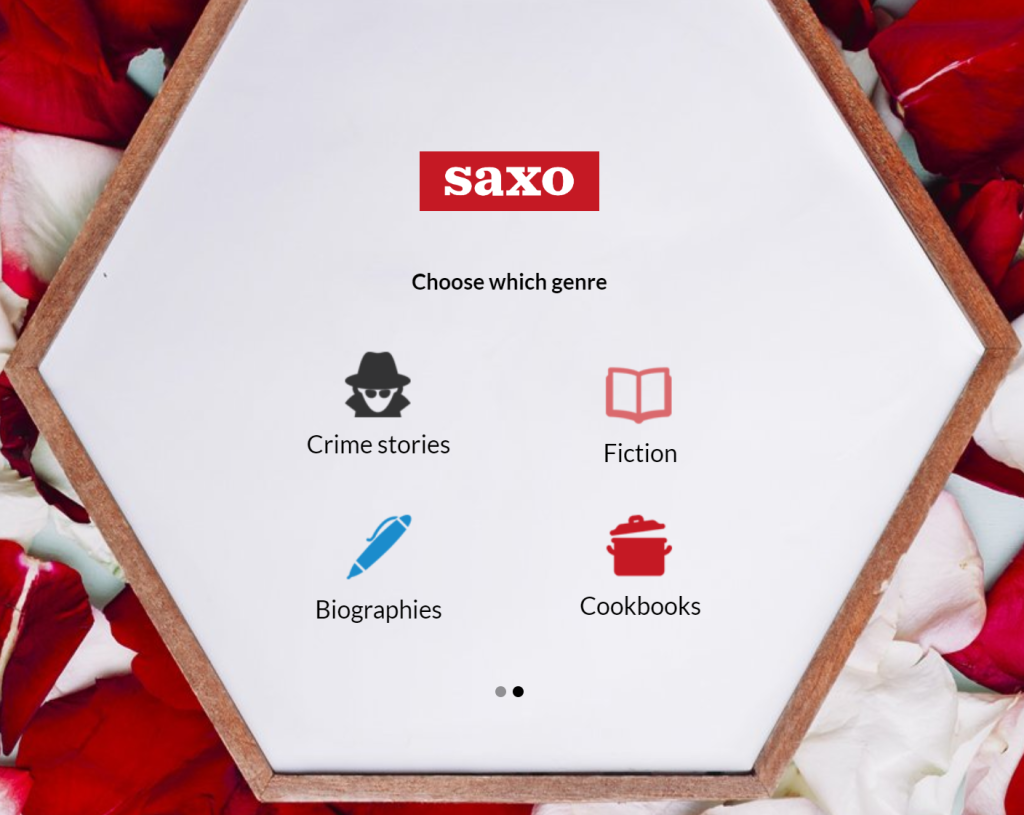
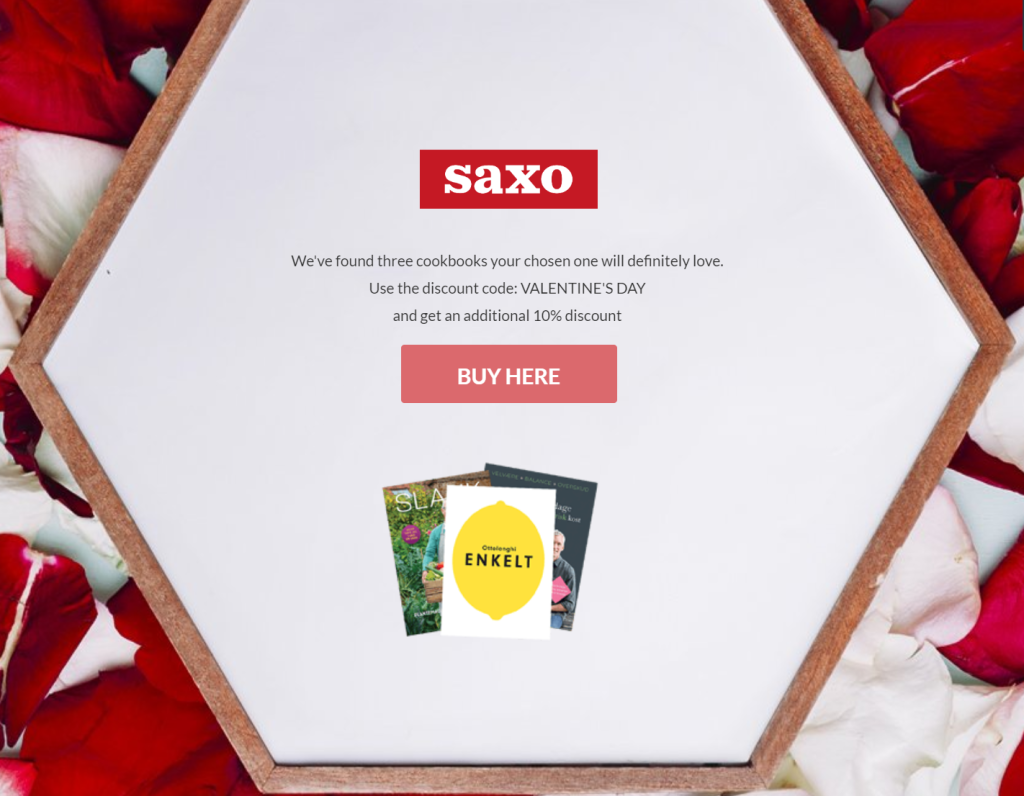
- Interactive Quizzes for Ecommerce: Webshop brands can use quizzes to help customers find the right products. An example can be a whiskey selector, which asks customers about their taste preferences and recommends products that will like the most. This not only drives sales but also provides valuable data that can be used to optimize marketing campaigns.
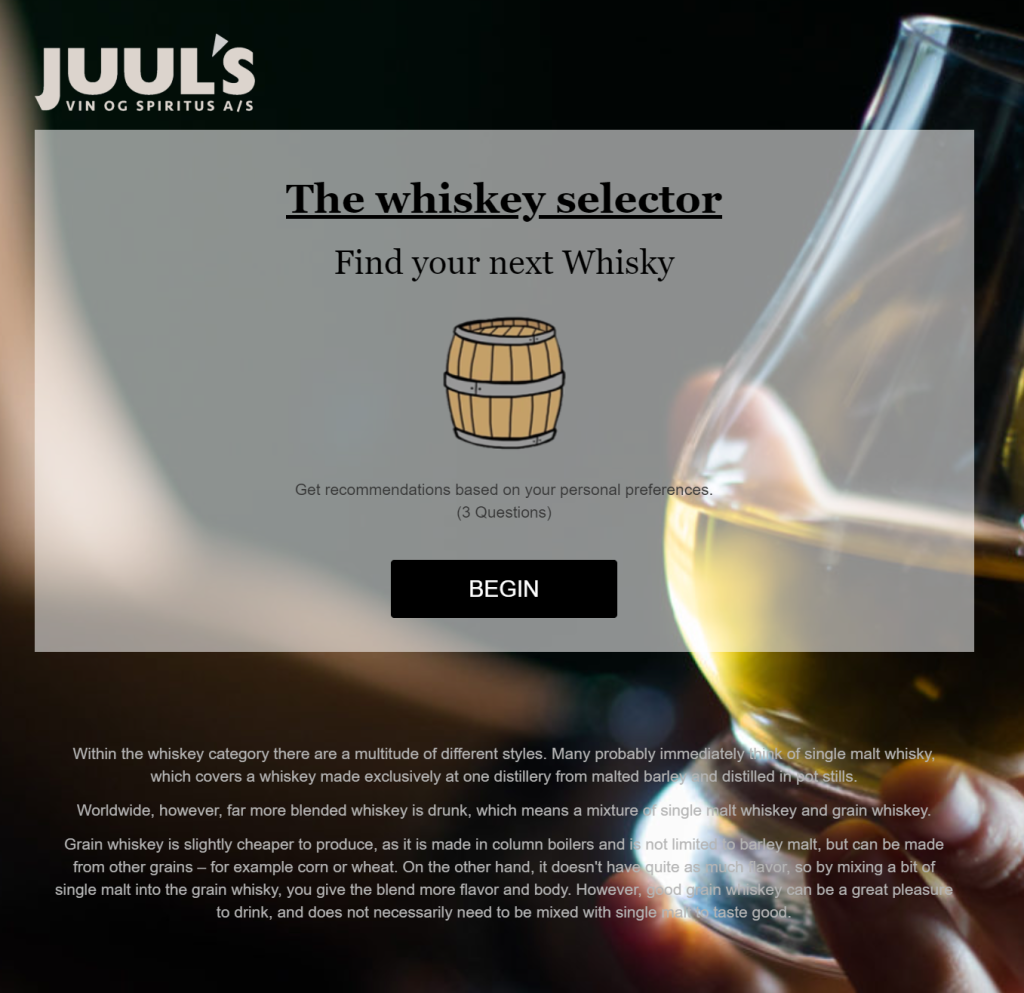
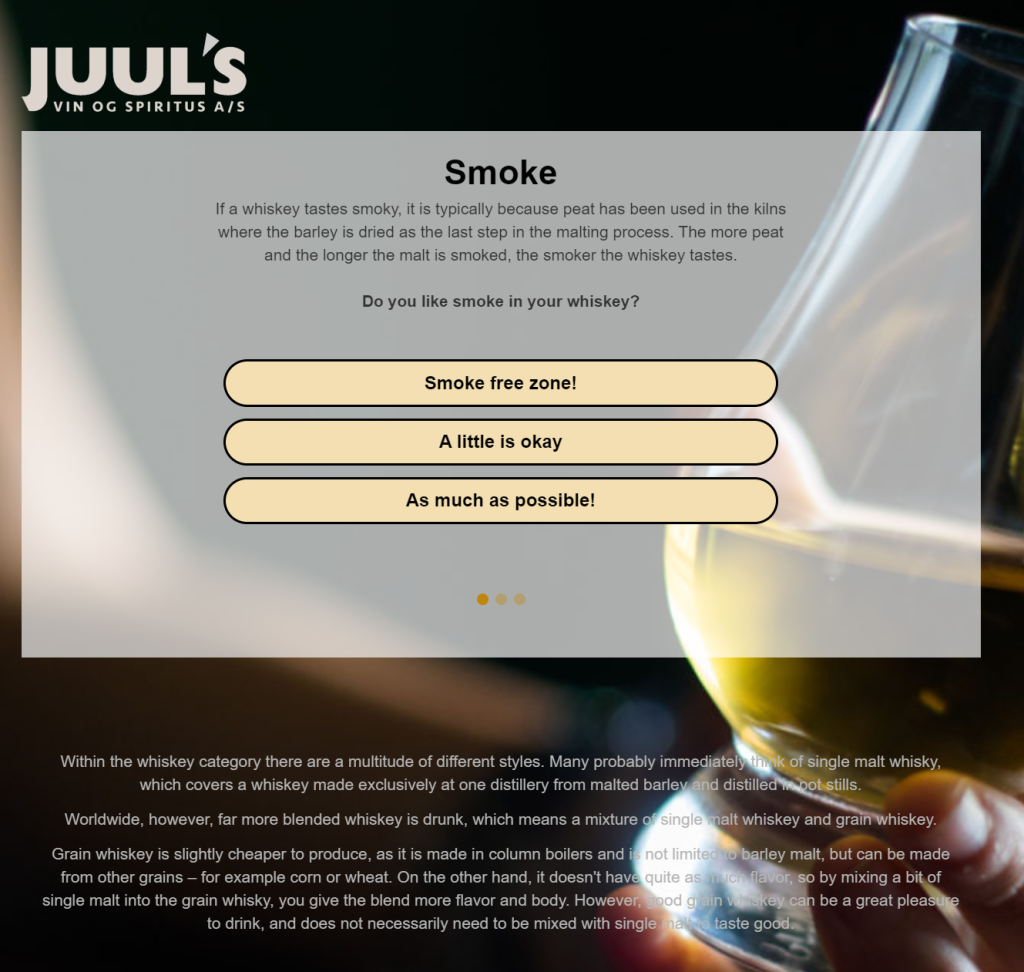

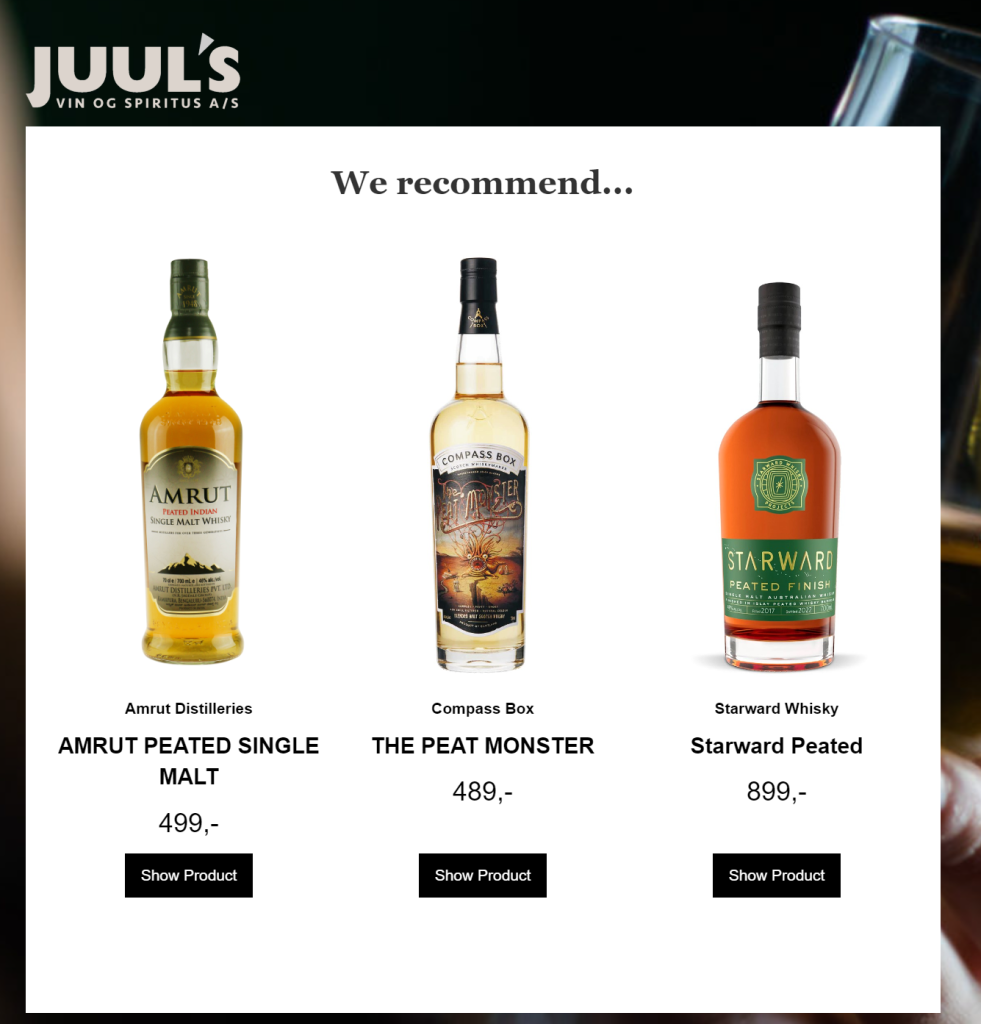
- Product Swipe for Consumer Goods: Similar to popular dating apps, the product swipe format allows customers to swipe through various product options and choose their favorites. This method is both fun and effective in narrowing down choices and leading to a purchase decision.
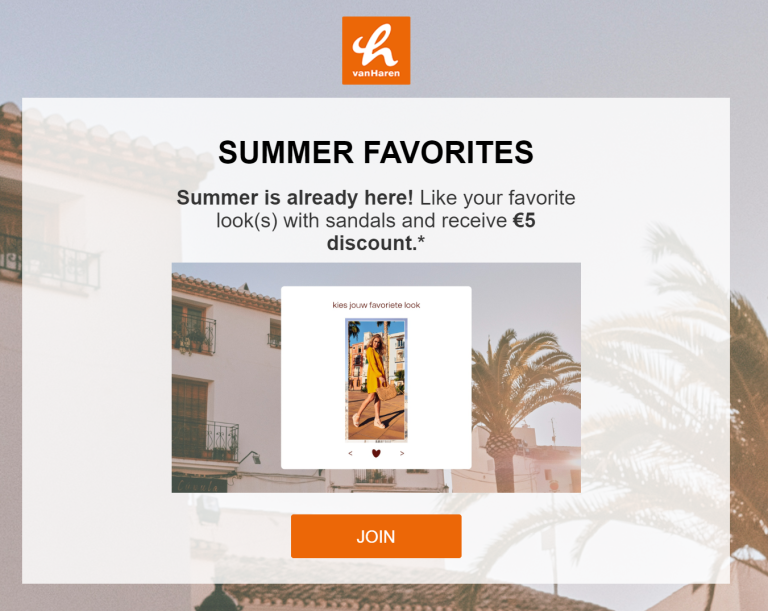
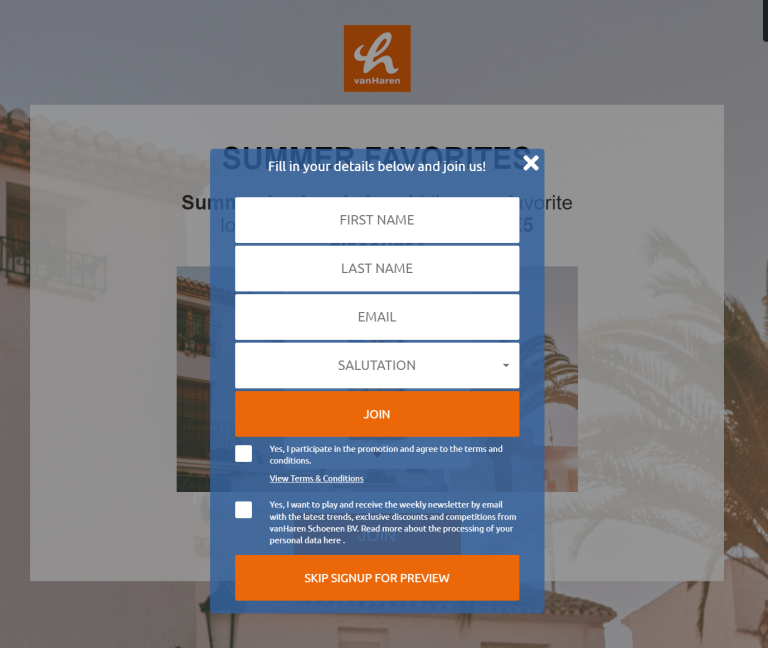
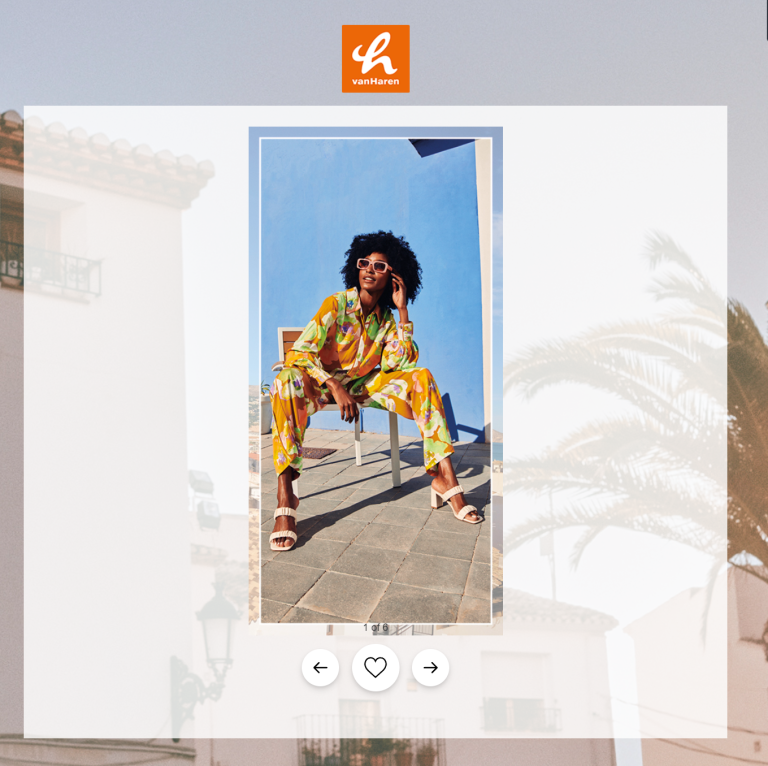
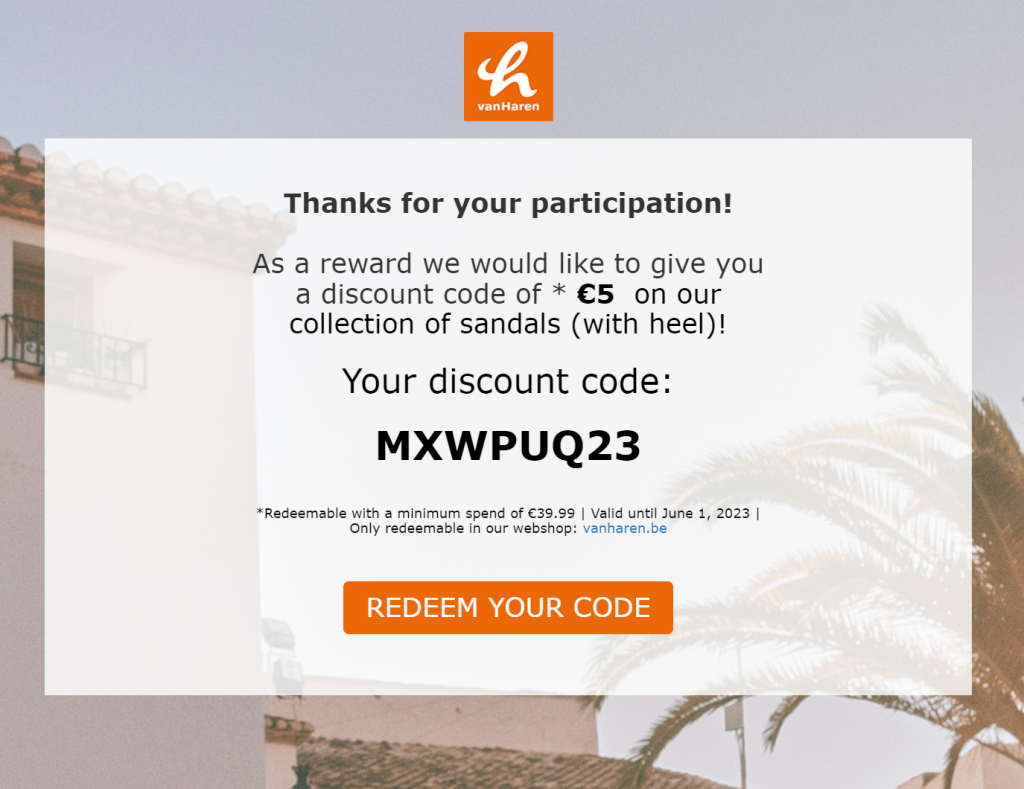
Benefits of Guided Selling
Implementing guided selling techniques offers several benefits:
- Personalized Customer Experience: Customers receive recommendations that are tailored to their specific needs and preferences, which can enhance their shopping experience and increase satisfaction.
- Increased Sales Conversions: Personalized recommendations and interactive tools can lead to higher conversion rates. Businesses using guided selling have seen significant improvements in their sales metrics.
- Valuable Data Insights: The data collected from guided selling interactions can provide insights into customer preferences and behaviors. This information is invaluable for future marketing efforts and product development.
- Enhanced Customer Loyalty: By providing a personalized and engaging shopping experience, businesses can foster greater customer loyalty and encourage repeat purchases.
Gamification marketing and guided selling are powerful strategies that can transform the way businesses interact with their customers. By leveraging the principles of gamification and guided selling, businesses can create memorable customer experiences, drive sales, and gather actionable data for continuous improvement.
Last but not least, Scratcher integrates with over 3,000 platforms, making it easy to connect to your marketing tool stack.
Ready to level up your engagement strategy?
Explore gamification marketing to create personalised experiences, foster engagement, and establish meaningful connections with your audience. With Scratcher as a partner you will have:
- 40+ Interactive Formats: Luck-based, knowledge-based, and skill-based, designed to meet marketing campaign objectives
- Ready to Use Templates: Personalise your campaign to reflect your unique brand
- User-friendly Integration: Easily integrate interactive content with all of your favourite marketing tools
- Customer Support: We're here to assist you every step of the way


